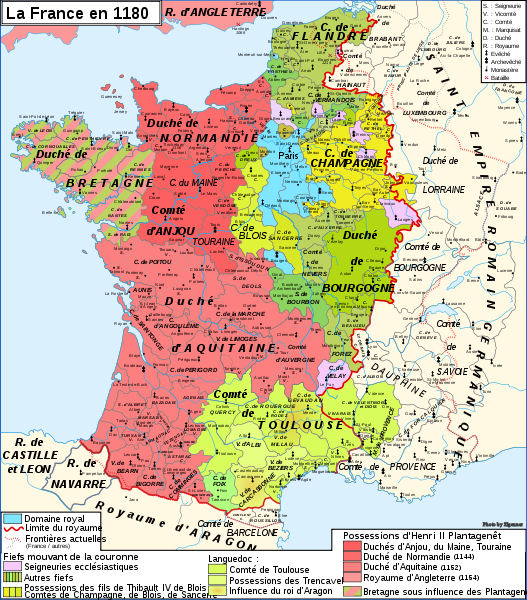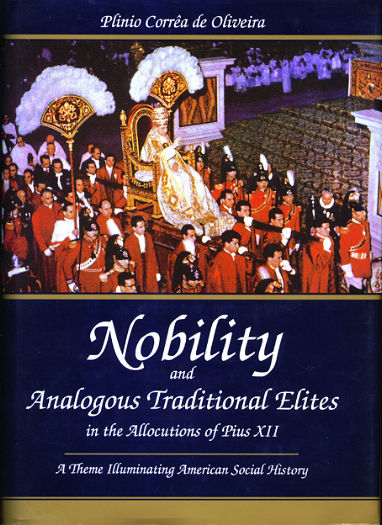To illustrate well the familial character of the feudal government, it is advantageous to transcribe a passage from the substantial work L’Esprit Familial dans la Maison, dans la Cité et dans l’Etat [The Familial Spirit in the Home, in the City, and in the State], by Msgr. Henri Delassus, which describes the origins of that regime….
Fatherland, the Father’s Domain
After recalling in his book L’Esprit Familial dans la Maison, dans la Cité et dans l’Etat the thesis of Fustel de Coulanges on the family as the mother cell of ancient society, Msgr. Delassus shows that this thesis applies likewise to the origins of the present civilization.
We see social groupings forming in the same way in the beginnings of the modern world.
The family, in expanding, formed among us the mesnie (house, family as in the House of France today), just as it formed the phratry among the Greeks and the gens among the Romans. “Relatives gathered around their leader,” says Flach (Les Origines de l’ancienne France), “forming the core of an extended association, the mesnie. The texts, chronicles, and chansons de geste of the Middle Ages show us that the mesnie, extended through patronage and clientele, corresponded exactly to the Roman gens.” Next Flach demonstrates how the developing mesnie in turn produced the fief, a more extended family, whose suzerain was still the father; so much so that to designate the ensemble of persons united under the suzerainty of a feudal lord, the word familia is frequently used in the texts from the twelfth and thirteenth centuries, the time when the feudal regime was in full bloom. “The baron,” says Flach, “is above all the head of a family.” And the historian cites texts in which the father is expressly compared to the baron, and the son to the vassal.
“A greater extension [of the family] creates the great baron.” The small fief grew into the large fief. The agglomeration of the large fiefs formed kingdoms.
Thus was our France created. The language bears as much witness to this as history does.
The ensemble of persons placed under the authority of the father of the family is called familia. From the tenth century on, the ensemble of persons gathered under the authority of a lord, head of the mesnie, is called familia. The ensemble of persons gathered under the authority of the baron, head of the feudal fief, is called familia. And we shall see that the ensemble of French families was governed as a family. The territory over which these various authorities held sway, whether as the head of a family, the head of a mesnie, a feudal baron, or a king, is called patria, the domain of the father, in these documents. “The fatherland,” says Funck-Brentano, “was originally the territory of the family, the land of the father. The word extended to the lordship and the entire kingdom, the king being the father of the people. The ensemble of the lands over which the authority of the king held sway was thus called “fatherland.”
(Msgr. Henri Delassus, L’Espri Familial dans la Maison, dans la Cité et dans l’Etat [Lille: Société Saint Augustin, Desclée de Brouwer, 1910], pp. 16-17.)
Plinio Corrêa de Oliveira, Nobility and Analogous Traditional Elites in the Allocutions of Pius XII: A Theme Illuminating American Social History (York, Penn.: The American Society for the Defense of Tradition, Family, and Property, 1993), Documents IX, pp. 505, 507.












